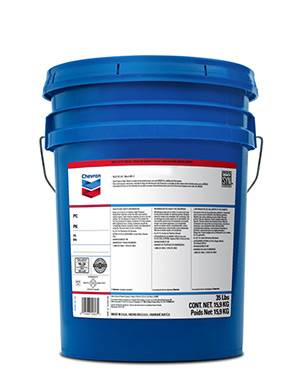Sep . 14, 2024 20:07 Back to list
pressure gauge thread types
Understanding Pressure Gauge Thread Types A Brief Overview
When it comes to pressure measurement in various industries, pressure gauges are crucial instruments used to ensure safety and efficiency. One often overlooked aspect of these devices is the importance of the thread types used in their installation and integration. This article aims to explore the different types of pressure gauge threads, highlighting their significance and applications.
Common Thread Types
1. NPT Threads (National Pipe Tapered) NPT threads are widely used in the United States and are characterized by their tapered design. This taper allows for a tight seal when the threads are engaged, making NPT a popular choice for high-pressure applications. However, care must be taken during installation to prevent cross-threading and ensure that the gauge is securely attached.
2. BSP Threads (British Standard Pipe) Commonly found in Europe and other regions, BSP threads come in two forms BSPT (tapered) and BSPP (parallel). BSPT threads also create a seal through tapering, while BSPP threads require additional sealing methods, such as O-rings or gaskets, to prevent leaks. Understanding the regional standards for BSP threads is vital for those working in international markets.
pressure gauge thread types

3. Metric Threads With the rise of globalization, metric threads have gained prominence, especially in countries that follow the metric system. These threads are measured in millimeters and can vary significantly in pitch and diameter. When integrating pressure gauges into metric systems, it's crucial to ensure compatibility with the existing fittings and equipment.
Importance of Choosing the Right Thread Type
Selecting the appropriate thread type is essential for the safe and effective operation of pressure gauges. An incorrect choice can lead to leaks, equipment failure, or even hazardous situations. Additionally, the thread type can influence the ease of installation and maintenance, making it a critical consideration for engineers and technicians.
Conclusion
In summary, understanding the various pressure gauge thread types is vital for anyone involved in pressure measurement and management. Whether it's NPT, BSP, or metric threads, each type has its own set of characteristics, advantages, and potential drawbacks. By selecting the correct thread type, professionals can ensure reliable and safe operation, ultimately enhancing the efficiency of their systems. As industries continue to evolve, staying informed about thread standards and compatibility will remain a key aspect of successful pressure gauge implementation.
-
Why Metric Trapezoidal Thread is Ideal for Precision Motion ControlNewsAug.05,2025
-
The Unique Properties of a Block of Granite for Industrial UseNewsAug.05,2025
-
The Role of Flanged Y Strainers in Preventing Pipeline ClogsNewsAug.05,2025
-
The Importance of Regular Calibration for Master Ring GagesNewsAug.05,2025
-
How a Cast Iron Surface Table Enhances Accuracy in ManufacturingNewsAug.05,2025
-
Comparing Different Check Valve Types for Optimal Flow ControlNewsAug.05,2025
Related PRODUCTS









